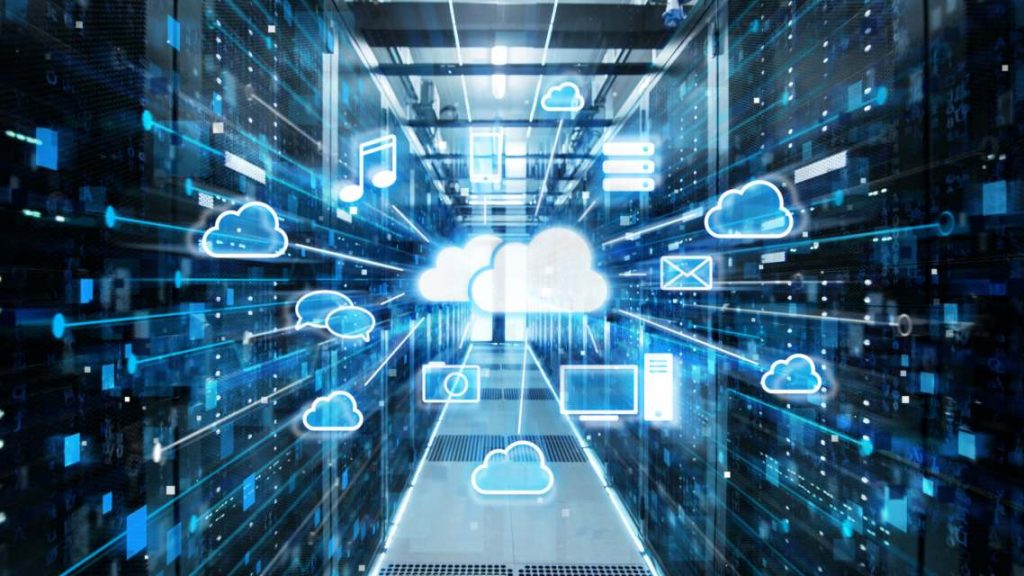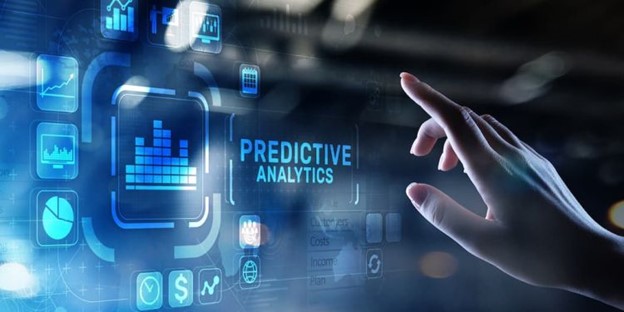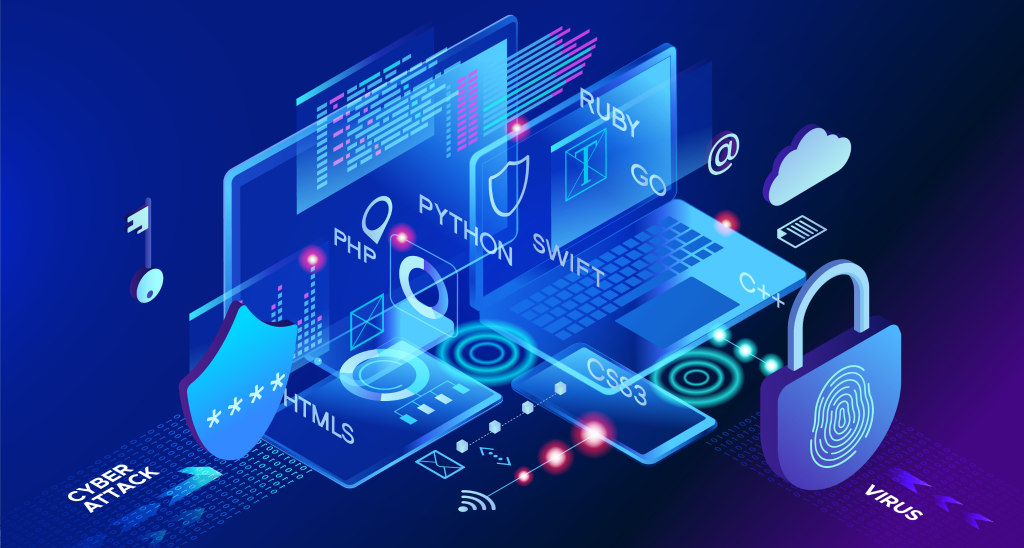Secured by Design Podcast Welcome
First off, let me thank you for viewing the Secured by Design Podcast Welcome. This podcast supports a book written by the same name. As a technology professional, I've seen a lot of things happen between the good and the truly ugly. This book was broken up into the multiple pillars that make up a technology stack. This podcast is being presented as a guide for protecting each pillar.
Not a lot of thought is given to users of technology system users. The service they provide is simply expected to be there when needed. Behind the scenes is a complete set of dynamics required to ensure a service can be delivered. Those in the business understand the multiple disciplines needed to operate computer-based systems.
Content:
What you will hear in this series of podcast pillars are best practices and a place to start securing an environment. An entire chapter has been dedicated to retrofitting an existing system. Many companies have old and outdated systems they cannot just rewrite. The book talks about steps that can be taken to shore up what's in place until a migration can be completed or an in-place upgrade can be completed.
One thing to keep in mind is there is no "one size fits all" solution so our hope is you take away the knowledge of how huge the problem is securing all pillars. Vendors do a good job releasing updates for their supported platforms but in many cases, older equipment cannot be patched leaving you with the question surrounding what to do about it. This is the dilemma many companies face. Which "latest and greatest" technology should be chosen to replace what has been in service and assess the impact for patching, upgrading, or replacing.
Thank You !!!!
Enjoy the Secured by Design Welcome podcast and, let us know if you have questions or ideas !!!!



















